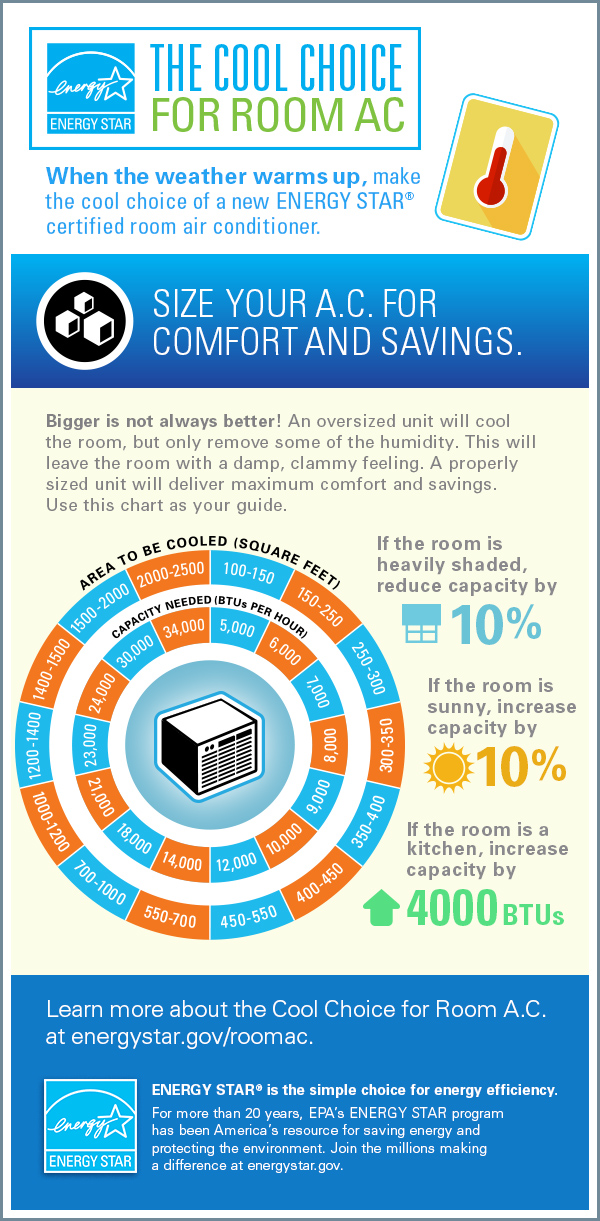Optimizing Comfort And Financial Savings - Tips For Optimizing Your Heatpump Efficiency
Optimizing Comfort And Financial Savings - Tips For Optimizing Your Heatpump Efficiency
Blog Article
Web Content Composed By-Bendixen Muir
Whether you own a heat pump or have an existing boiler back up, there are a few points that can be done to optimize your system for reliable operation. By following these tips, you can take full advantage of convenience and cost savings without straining your system or acquiring energy bills.
Adjusting your thermostat for effectiveness is just one of the initial steps. Using zoning abilities to restrict heating of unoccupied spaces is another effective technique.
1. Establish Your Thermostat to the Right Temperature
As the seasons transform, balancing comfort and cost effectiveness can be a difficulty. Thankfully, a few easy pointers can help you decrease power intake and maximize cost savings.
Begin by establishing the most effective temperature level for your household, after that establish your thermostat as necessary. Avoid making big lift and down in the temperature setup, as this will trigger your heatpump to cycle on and off much more regularly, using up extra energy.
Instead, progressively lower the temperature level during the night for a more comfortable sleeping environment. After that, elevate it a little in the early morning. Bear in mind to keep air vents open and routed downward when heating, and up when cooling down to enhance flow.
2. Examine Your System Frequently
A heat pump system requires very little maintenance, however it's important to examine the device regularly to capture any problems before they become severe. Clean indoor filters on a routine established by the producer or when they're visibly filthy, and ensure outside systems have at the very least two feet of clearance to allow for air flow.
Checking the device will certainly likewise include cleaning, tightening up electric terminals, and running performance tests to ensure accuracy during home heating and cooling down settings. It's recommended to have a specialist solution the heatpump two times a year. Carrying out these regular solutions can take full advantage of energy cost savings and extend the life of the device.
3. Clear Snow and Ice Around the System
Heat pumps are developed to run outdoors and need to be free of snow and ice in order to circulate air. If your heatpump is blocked by snow and can not reel in air, it will certainly toggle in between heating and cooling and might strain.
https://www.thomasnet.com/articles/plant-facility-equipment/what-is-mro/ is very important to get rid of a two-foot clearance around your exterior device in order to boost air flow and prevent ice buildup. Heatpump generally enter a defrost setting in the winter season to thaw ice and snow yet this process can be problematic if your system is obstructed by excessive snow. This will certainly lower your power efficiency and cause expensive fixing costs in the future.
4. Check the Cooling Agent Levels
A heatpump makes use of refrigerant to cool your home in summertime and cozy it in wintertime. You can help optimize its performance by routinely checking the cooling agent degrees.
It takes more power to change the temperature level of your heatpump from a comfortable readying to a chillier one than it does to keep that temperature. Changing the temperature for short periods of time can additionally throw away energy.
Dripping ducts and filthy air filters can result in unequal temperatures. They can additionally make your heatpump less efficient and set you back even more to operate. An expert can find and repair these problems to enhance your heatpump's efficiency.
5. Enhance Your Zoning Capabilities
Utilizing the zoning abilities of a heat pump can help to minimize energy waste by heating only occupied spaces. This not only decreases energy intake but also lowers operating costs and extends the life of the system.
The Build Balanced Areas tool uses a genetic algorithm to build areas that meet needed zone building requirements. These requirements consist of equal location, density, and equal number of attributes.
Furthermore, by using clever thermostat technology to optimize the temperature level setups based on occupancy patterns and organizing, you can additionally boost your heatpump's effectiveness. Keeping a clean air filter, making certain appropriate insulation and having your ductwork assessed for performance can all add to enhanced power financial savings also.
6. Shielding the Outdoor Unit
Property owners typically ask whether it's worthwhile to plant color trees near their outside a/c unit (AC) unit. The answer is normally yes, as shielding the air conditioner device can help in reducing warm from the sunlight, which in turn helps it cool down extra efficiently.
Nonetheless, it is necessary to note that shading the AC unit does not always cut power intake. As clarified in the Discussion section of the FSEC report, the temperature of the surrounding air has a bigger effect on cooling down efficiency than does the volume of air drew in by the air conditioning unit.
If your air conditioning compressor is on the south side of your house, consider growing tall, deciduous trees with broad, spread-out covers. These can provide sufficient shade within one year.